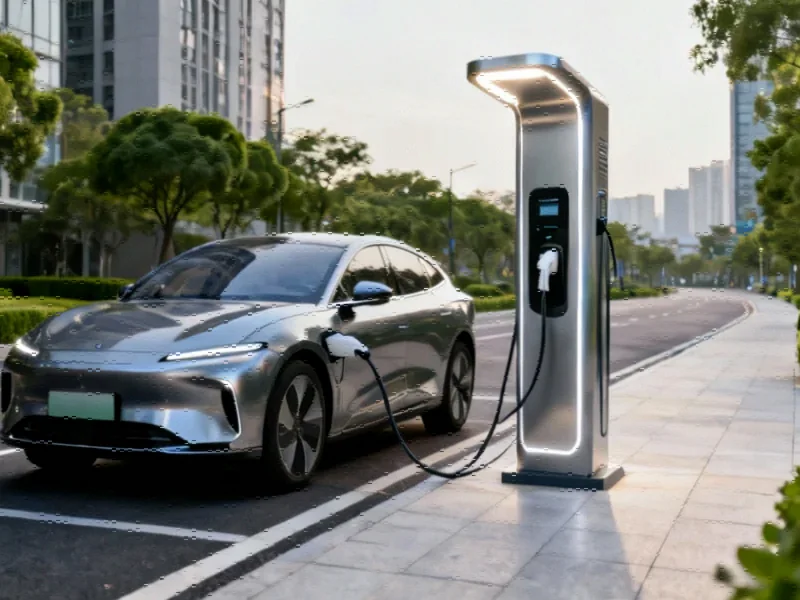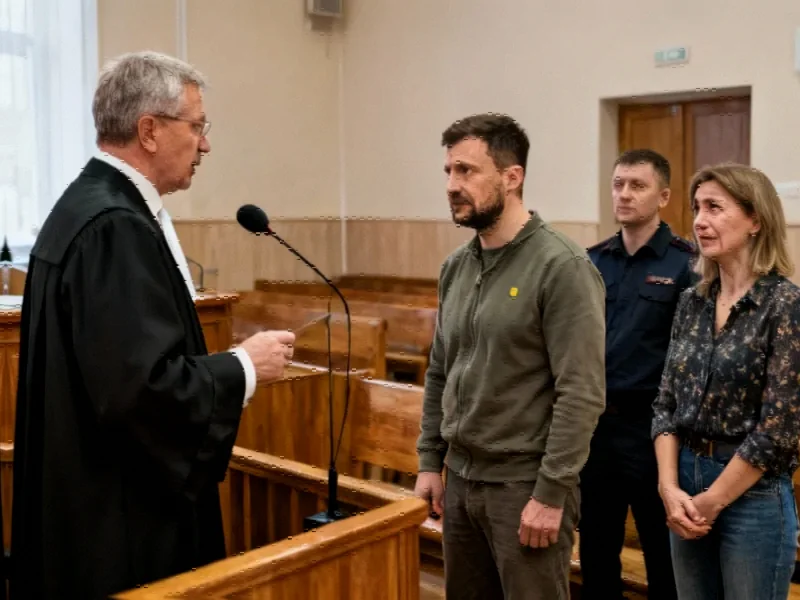Ambitious Charging Point Targets Amid National Grid Challenges
Surrey County Council remains confident in achieving its ambitious electric vehicle charging infrastructure targets despite significant delays in power connection installations. The local authority aims to deploy 2,000 public on-street charge points by February 2028, scaling up to 2,500 by 2030, though current progress shows only 375 operational units as of September.
Matt Furniss, Cabinet Member for Highways, Transport and Economic Growth, identified power connection acquisition as the primary bottleneck. “Our particular issue with the charge points is obtaining that power connection,” Furniss stated. “That has been an absolutely crucial thing, and we’re not alone in that.”
Infrastructure Delays and Alternative Solutions
The council’s implementation strategy has encountered multiple obstacles, particularly in securing timely grid connections from UK Power Networks. Furniss highlighted the Merrow depot case, where the council has been waiting approximately four to five years for a connection, forcing them to rely on solar and battery systems as an interim solution.
Local representatives have expressed frustration with the pace of implementation. Catherine Powell, Residents’ Association and Independent Group Leader for Farnham North, described ongoing issues with four planned charge points in her constituency. “First notification to residents they were being installed in January. Oops, that didn’t happen. Tried again in March,” Powell recounted. “We’re stood here in October and there’s still just lines on the ground and a pole, no power.”
National Context and Industry Response
The challenges facing Surrey reflect broader industry developments across the UK’s energy infrastructure landscape. UK Power Networks acknowledged the pressure on grid capacity but emphasized their commitment to supporting local authorities. “We continue to support all local authorities in our area deliver on their electric charging strategy and there is enough power to ensure that all chargers can be connected,” a company representative stated.
In Surrey specifically, the utility company confirmed that “an Independent Connection Provider has been working with the council’s charging infrastructure provider on the grid connections, and we are helping them.” This collaboration mirrors approaches seen in other sectors addressing complex infrastructure challenges following significant economic transitions.
Strategic Importance and Future Outlook
Despite the slower-than-anticipated progress, council documents maintain that the “challenging target remains achievable.” The first phase of installation has been completed, though subsequent phases face the dual challenges of obtaining power connections to the mains grid and installing the necessary power meters.
The situation in Surrey reflects a national pattern where ambitious green infrastructure projects confront practical implementation barriers. Similar infrastructure funding challenges have emerged in other countries, highlighting the global nature of balancing ambitious environmental targets with practical implementation constraints.
As the council works to accelerate deployment, the experience underscores the importance of coordinated planning between local authorities, utility providers, and charging infrastructure specialists. The success of such initiatives often depends on navigating complex funding and regulatory landscapes that can significantly impact project timelines.
Broader Implications for EV Transition
The Surrey case study offers valuable insights for other municipalities pursuing similar electric vehicle infrastructure goals. Furniss expressed confidence in meeting the 2028 target despite current challenges, suggesting that lessons learned from early implementation difficulties are informing strategy adjustments.
This local effort coincides with significant global shifts in transportation and energy policy as countries worldwide accelerate their transition to electric mobility. The integration of EV infrastructure represents just one aspect of broader technological and industrial transformations reshaping urban environments and energy systems.
For the latest developments on Surrey’s EV infrastructure progress and similar municipal sustainability initiatives, follow ongoing coverage of how local governments are balancing ambitious environmental targets with practical implementation realities.
This article aggregates information from publicly available sources. All trademarks and copyrights belong to their respective owners.
Note: Featured image is for illustrative purposes only and does not represent any specific product, service, or entity mentioned in this article.



